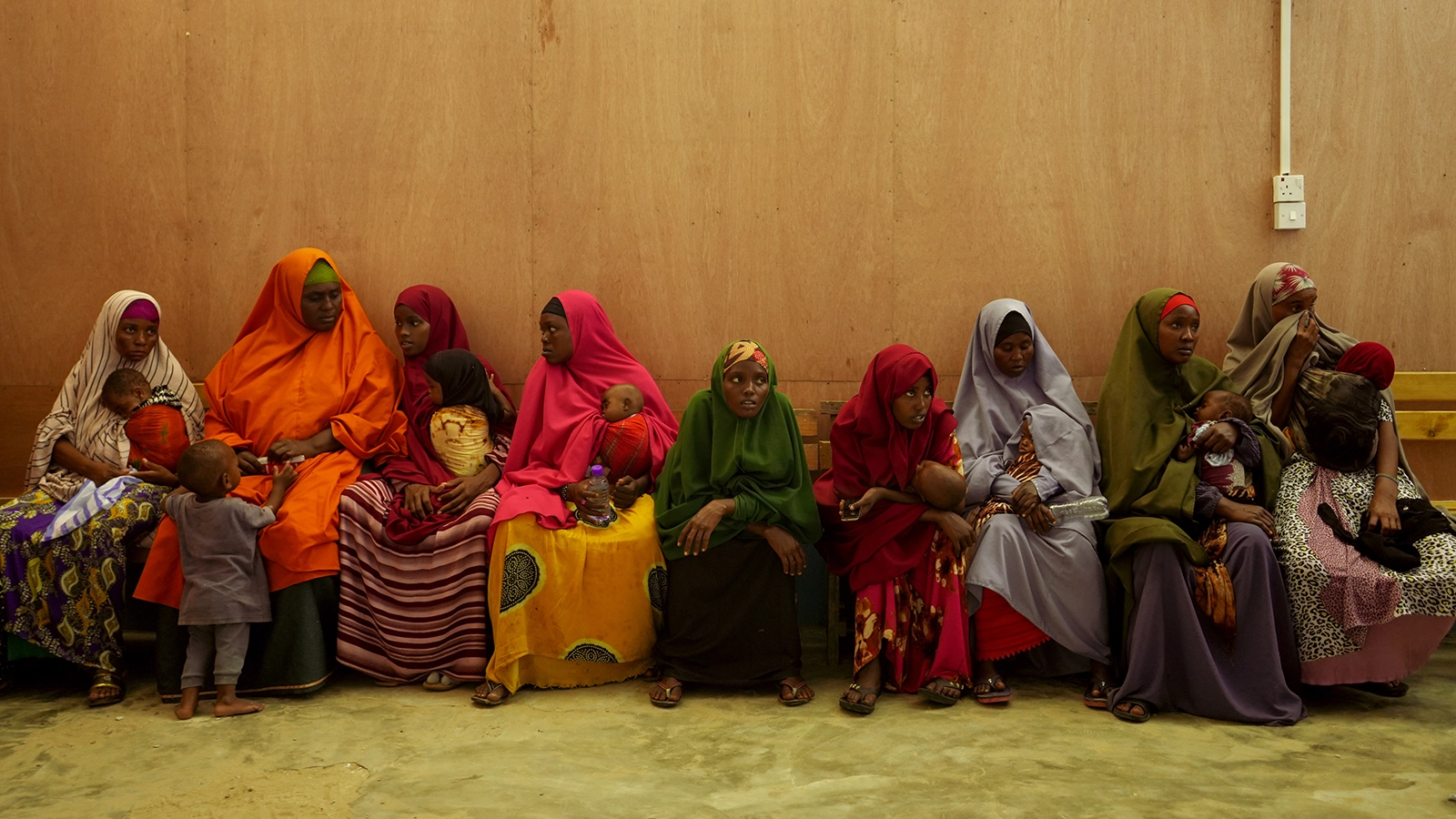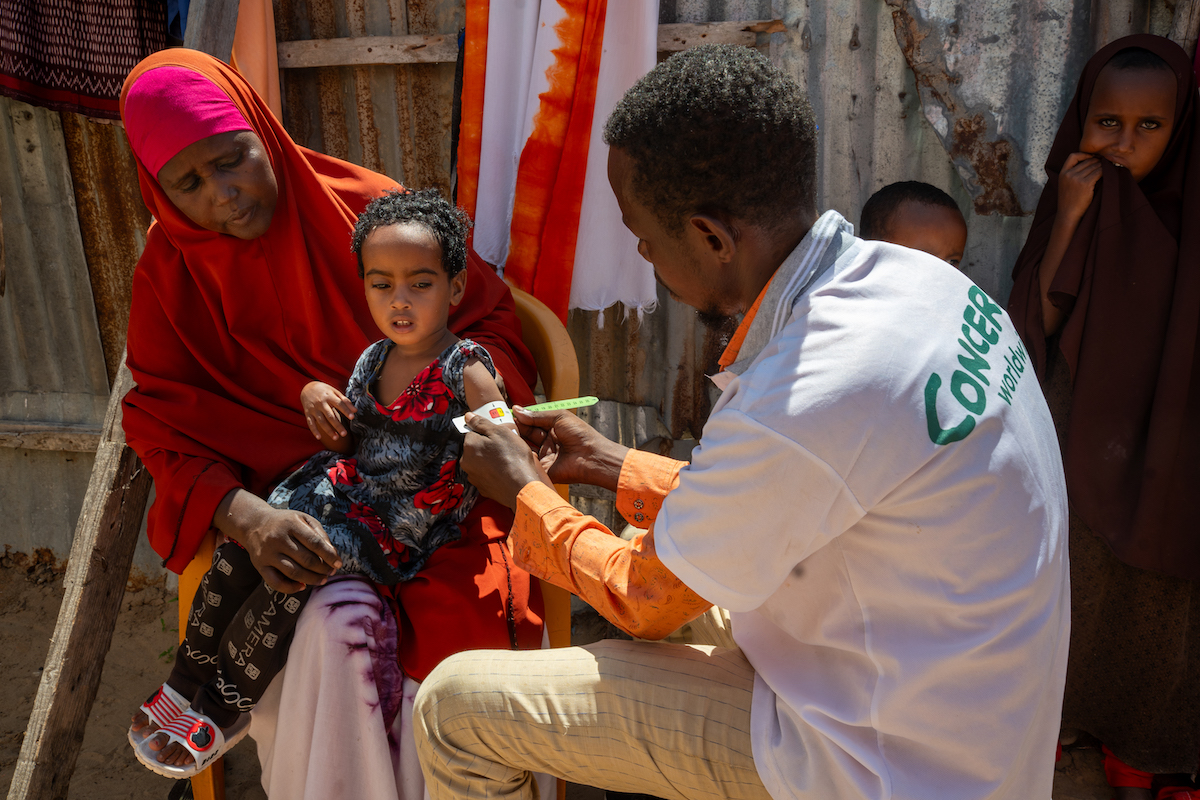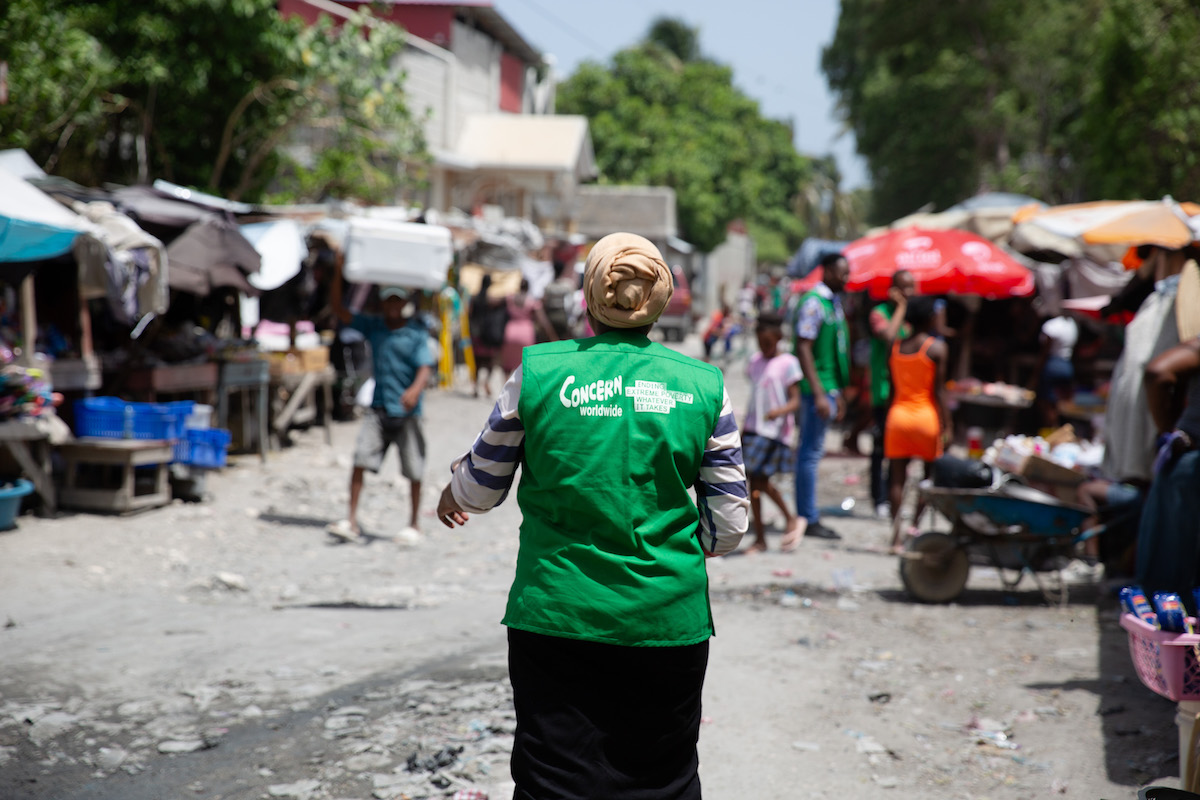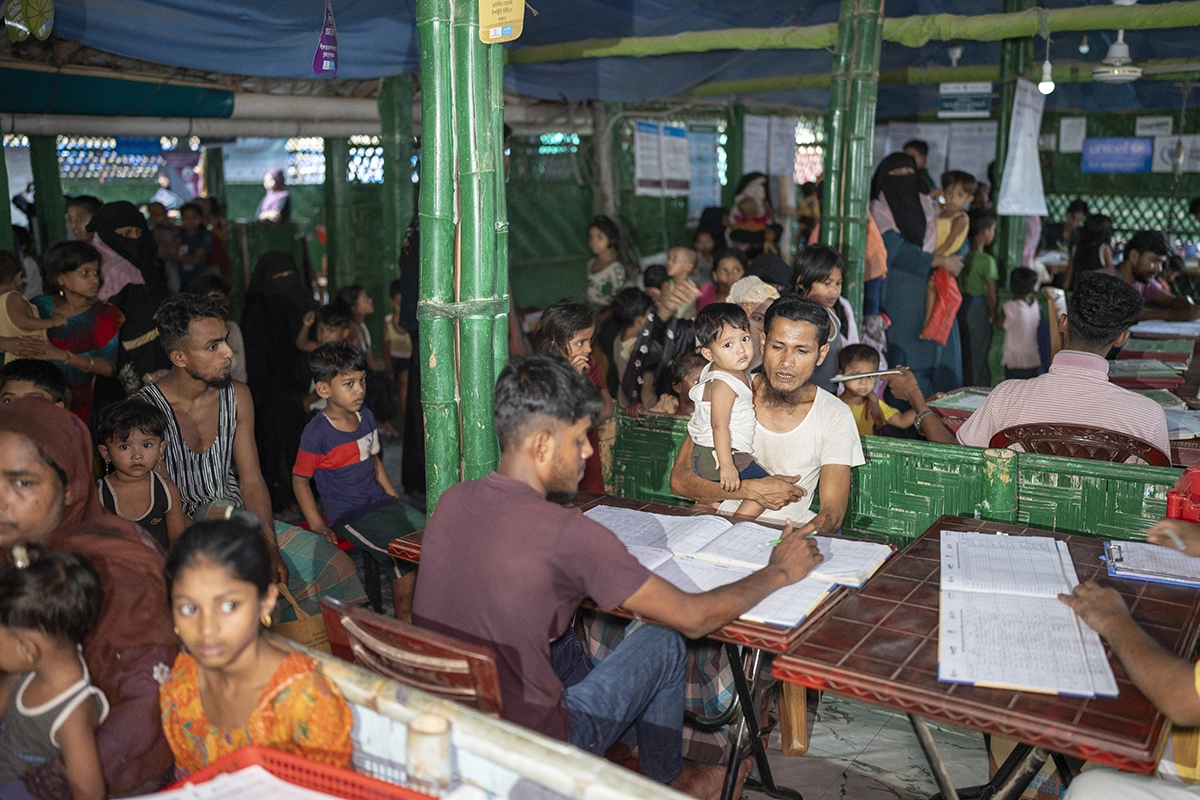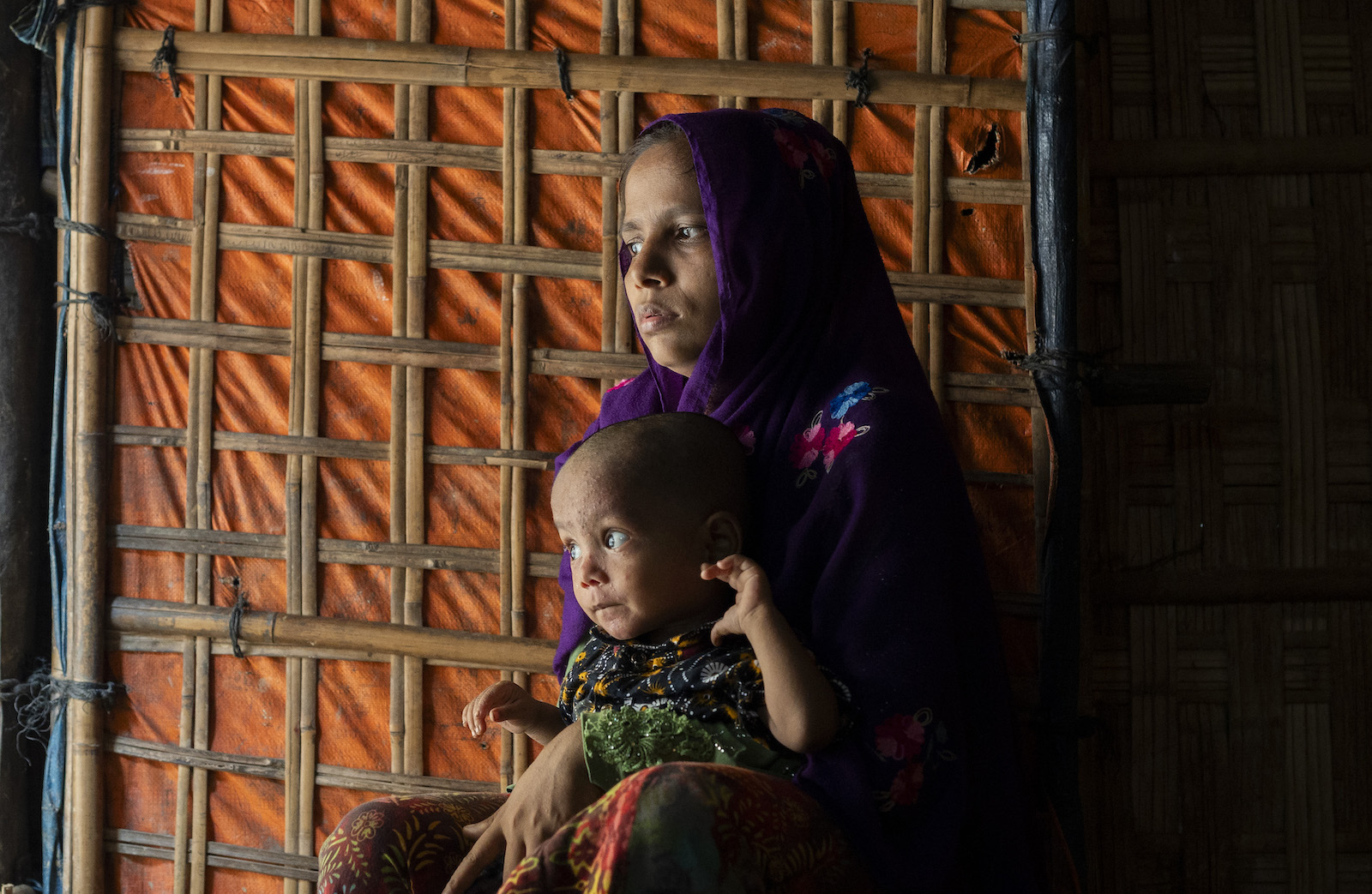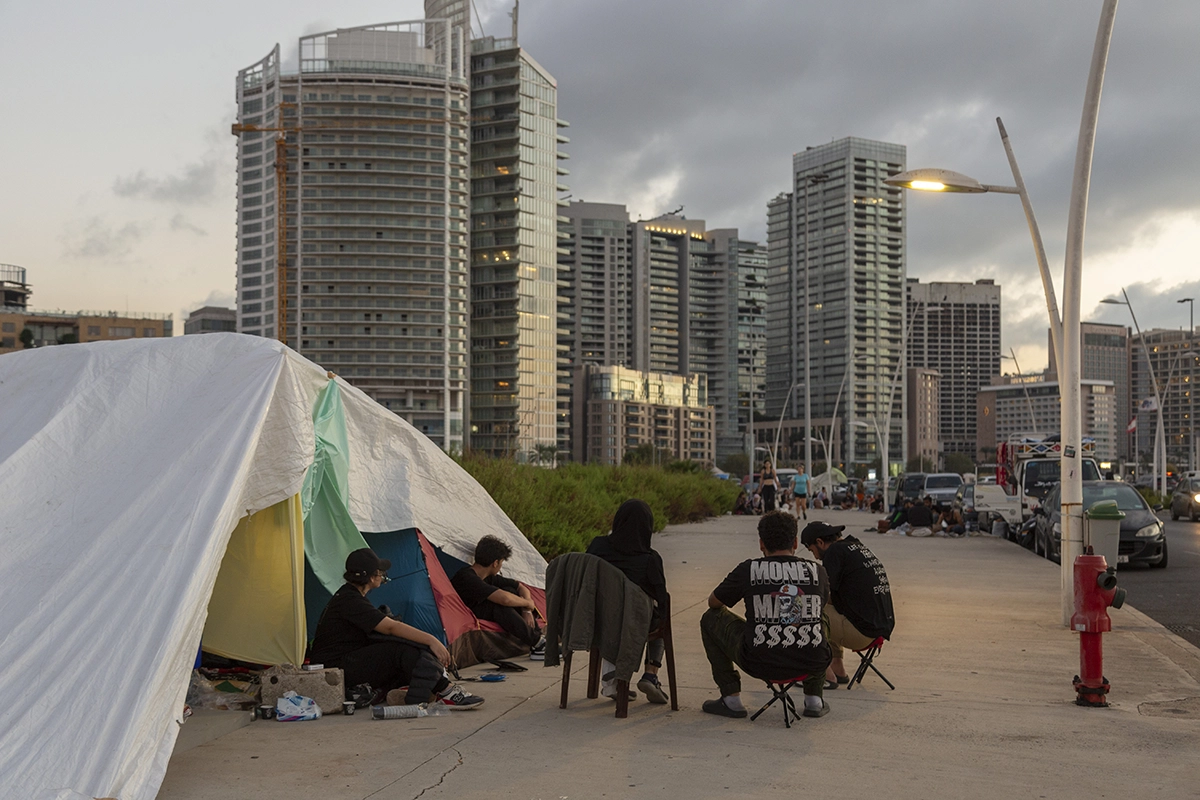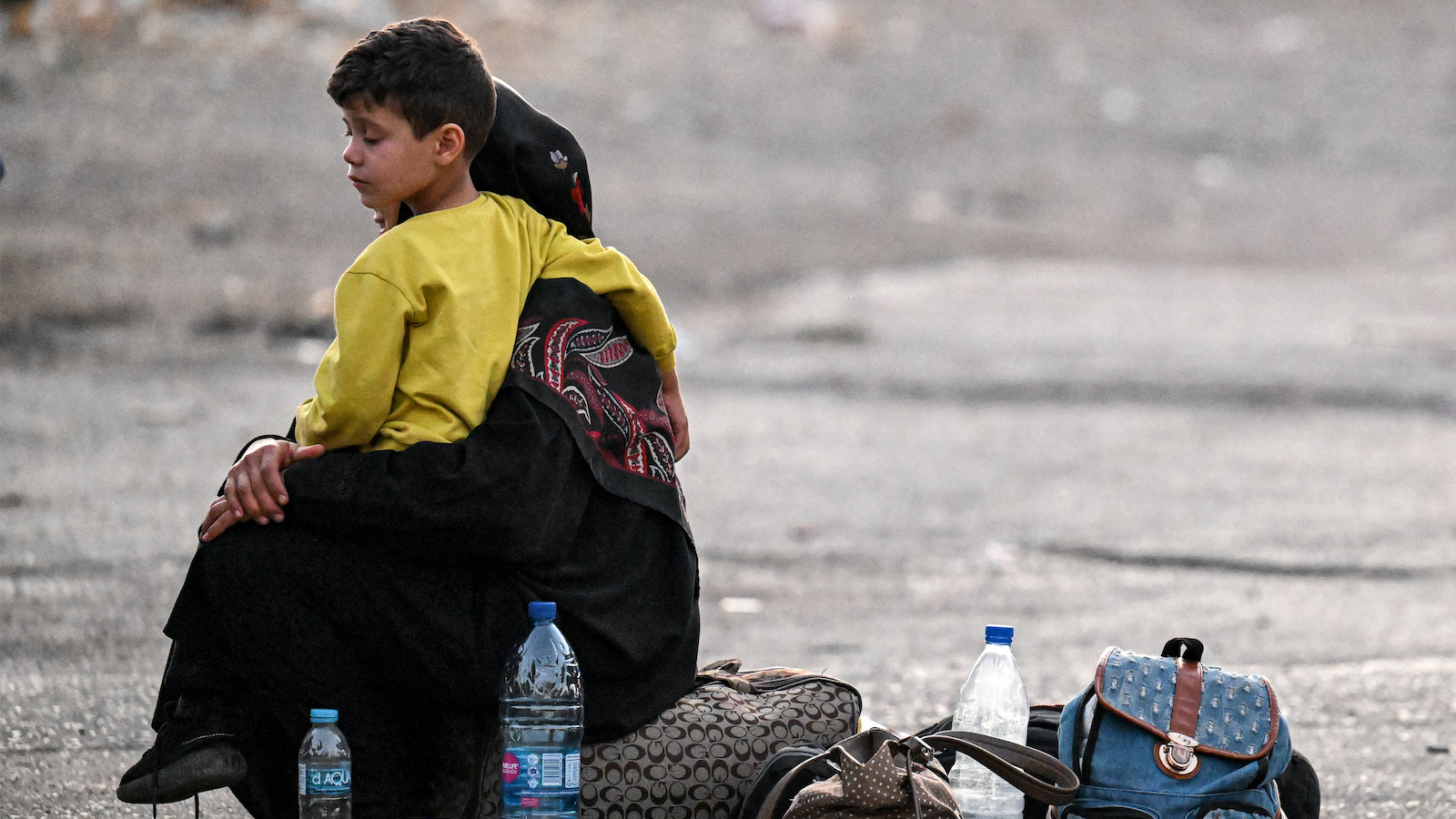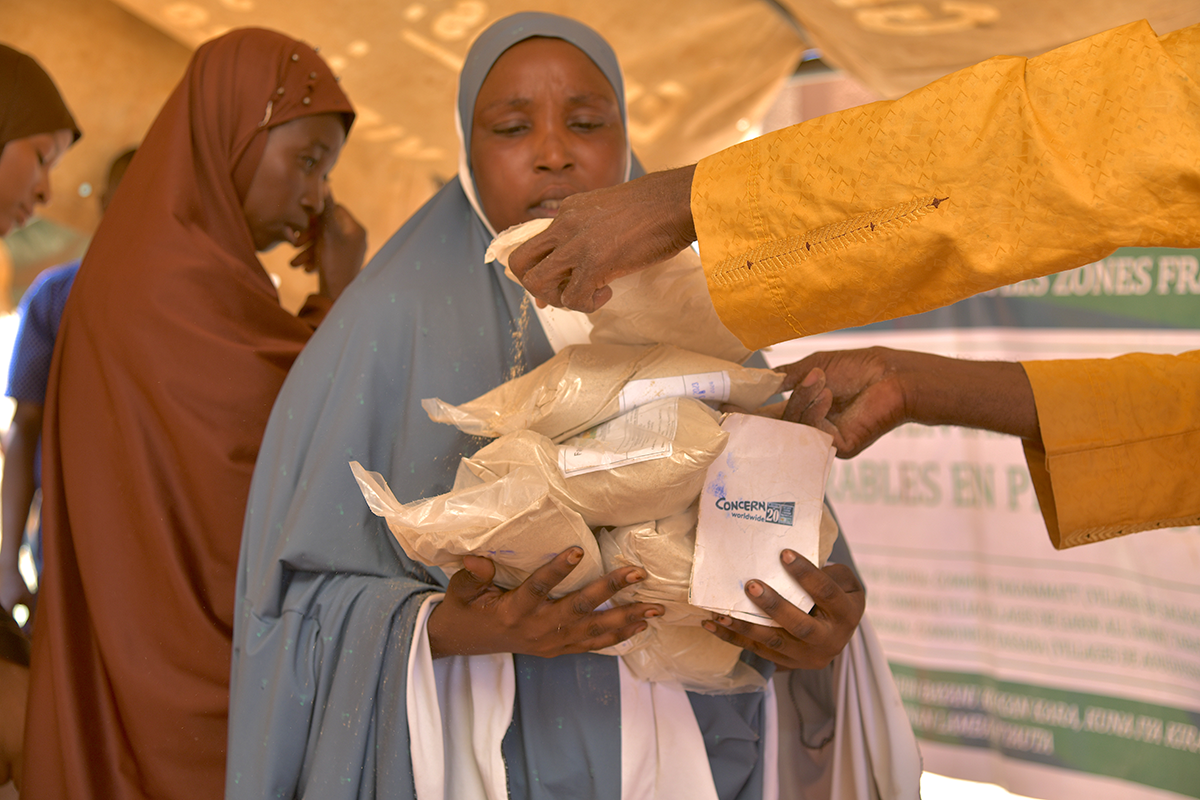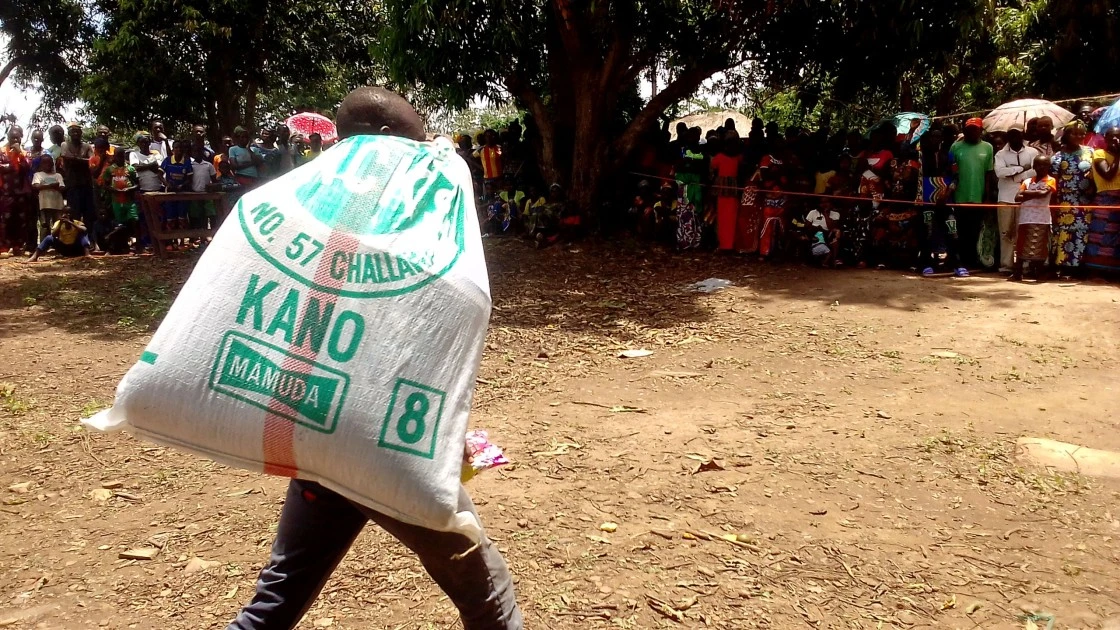News
The cycle of crisis in Somalia, explained
In the last few years, Somalia has been hit by multiple floods, a cyclone, swarms of locusts, and COVID-19 — all coming hot on the heels of a decades-long drought and conflict. All of this creates layers of complexity and an ongoing cycle of crisis.
Read More
